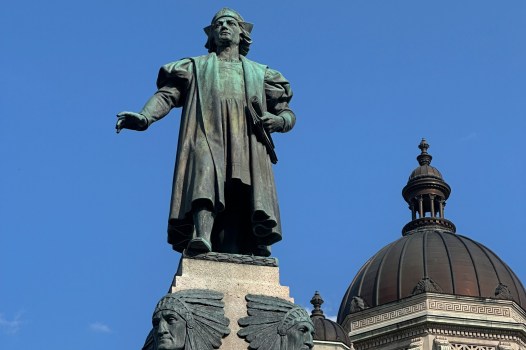In 1492, Christopher Columbus embarked on a transformative journey that reshaped global exploration and interconnected the world’s continents. Sponsored by the Spanish monarchs, Ferdinand and Isabella, Columbus set sail across the Atlantic Ocean aboard three ships—the Nina, the Pinta, and the Santa Maria. This expedition marked the beginning of a new era in which the Eastern and Western Hemispheres would come into contact for the first time.
Columbus intended to find a route to the Spice Islands in East Asia, but instead, he encountered the Americas. On October 12, 1492, after 35 days at sea, his crew famously spotted land, a critical moment in history that led to the extensive exploration of the New World. The Santa Maria, his flagship, measured 117 feet, while the smaller Nina and Pinta ranged from 50 to 70 feet. The journey was perilous, with limited provisions and the constant threat of mutiny looming over the crew.
Despite his navigational prowess, Columbus faced significant challenges as a political administrator on Hispaniola, the island he first encountered. His tenure was marked by controversial decisions and harsh treatment of the indigenous populations. Critics of Columbus highlight that the Native Americans had been living in the Americas long before his arrival. They argue that he was not the first European to reach these lands, as Norse explorer Leif Ericson established Vinland in North America centuries earlier, and there are claims of Chinese explorer Zheng He reaching the continent around 1405.
Yet, the historical significance of Columbus’s voyage cannot be understated. As biographer Samuel Eliot Morison noted, “We are right in so honoring him, because no other sailor had the persistence, the knowledge and the sheer guts to sail thousands of miles into the unknown ocean until he found land.” Columbus’s journey set the stage for future exploration and colonization, triggering a wave of cultural exchanges and economic developments across continents.
Columbus was the first to successfully navigate the Atlantic by sailing with the wind at his back, a strategy that had eluded previous explorers. Historian Felipe Fernandez-Armesto emphasized this achievement, stating that earlier attempts to cross the Atlantic failed due to explorers clinging to the zone of westerly winds. Columbus’s courage opened the door to a new world of opportunities for trade, migration, and cultural exchange.
The legacy of Columbus remains complex. While he is celebrated for his role in uniting the hemispheres, his actions also led to widespread suffering and exploitation of indigenous populations. Understanding this duality is essential for a nuanced perspective on history. Columbus Day, commemorated in various countries, serves as a reminder of both the exploration that connected the world and the consequences that followed.
As the debate around Columbus’s legacy continues, it is vital to acknowledge the historical magnitude of his voyage while also critically reflecting on its impact. The events of 1492 reverberate through time, shaping the modern world in profound ways.
